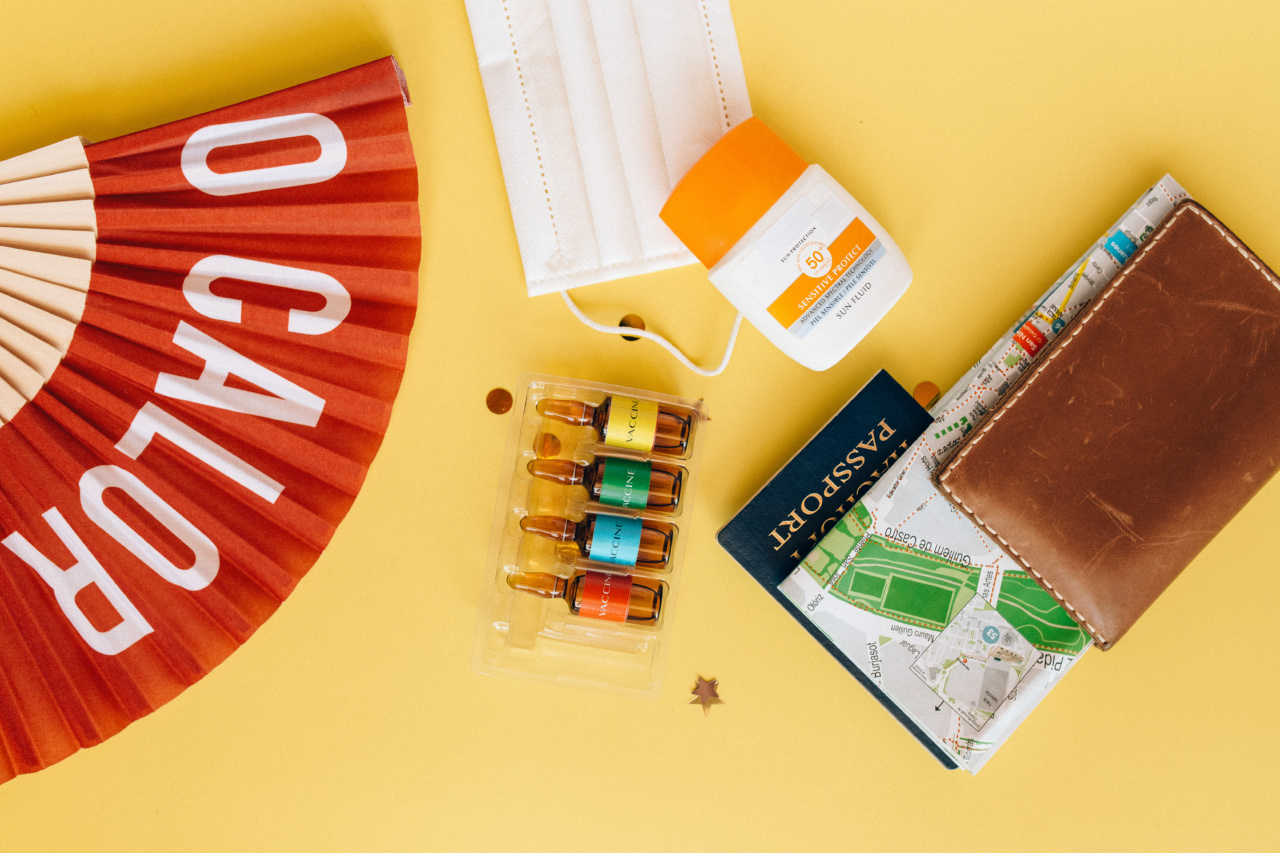The summer season brings with it warmth and plenty of sunshine, making it the perfect time to enjoy outdoor activities.
However, prolonged exposure to the sun’s harmful ultraviolet (UV) rays can lead to painful sunburns and increase the risk of skin cancer. This is where sunscreen becomes a crucial tool in protecting your skin from these damaging effects. In this article, we will answer twelve commonly asked questions about sunscreen and how to use it effectively to prevent sunburns.
So, let’s get started!.
1. What is Sunscreen?
Sunscreen, also known as sunblock, is a topical lotion, spray, or gel that helps prevent sunburn by absorbing or reflecting the sun’s UV rays.
It contains active ingredients that act as a barrier on your skin and protect it from harmful radiation.
2. How does Sunscreen Work?
Sunscreen works in two ways: it absorbs or scatters the sun’s UV radiation.
Chemical sunscreens contain organic compounds that absorb the UV rays and convert them into heat, while physical sunscreens contain mineral ingredients like zinc oxide or titanium dioxide that create a protective layer on the skin, reflecting the UV rays away.
3. What is the Difference Between UVA and UVB Rays?
UVA and UVB rays are both types of UV radiation emitted by the sun. UVB rays primarily contribute to sunburns and play a key role in the development of skin cancer.
UVA rays, on the other hand, penetrate deeper into the skin, causing premature aging, wrinkles, and long-term skin damage.
4. What is SPF? How Does it Work?
Sun Protection Factor (SPF) is a measure of how well a sunscreen protects against UVB rays. The higher the SPF number, the greater the protection. For example, sunscreen with SPF 30 filters approximately 97% of UVB rays.
It is important to note that SPF does not indicate the level of UVA protection.
5. Should I Choose Sunscreens with Broad-Spectrum Protection?
Yes, it is highly recommended to choose a sunscreen that offers broad-spectrum protection.
Broad-spectrum sunscreens protect against both UVA and UVB rays, providing comprehensive coverage and reducing the risk of sunburn, skin cancer, and premature aging.
6. How Much Sunscreen Should I Apply?
As a general rule, you should apply at least one ounce (about a shot glass full) of sunscreen to cover your entire body. However, this amount may vary depending on your body size. It is better to apply more rather than less to ensure adequate protection.
7. How Often Should I Reapply Sunscreen?
It is essential to reapply sunscreen every two hours, especially if you are swimming, sweating excessively, or towel drying.
Even water-resistant sunscreens can lose their effectiveness over time, so frequent reapplication is crucial to maintain protection.
8. Can Sunscreen Expire?
Yes, sunscreen can expire. Most sunscreens have a shelf life of around three years. Check the bottle for an expiration date or look for a symbol that indicates its expiration.
Expired sunscreen may lose its effectiveness and no longer provide the intended level of protection.
9. Should I Wear Sunscreen on Cloudy Days?
Absolutely! UV rays can penetrate through clouds, meaning you are still at risk of sunburn even on cloudy days. It is advisable to wear sunscreen every day, regardless of the weather forecast.
10. Can I Use Sunscreen on Infants and Young Children?
Sunscreens formulated for adults may contain ingredients that can be harsh on infants’ delicate skin. It is best to consult a healthcare professional for advice on using sunscreen for infants.
For children over 6 months old, choose a sunscreen specifically designed for children with a minimum SPF of 30.
11. Are There Any Additional Sun Protection Measures I Should Take?
Absolutely! While sunscreen is an essential part of sun protection, it is not the only measure you should take. Seek shade during the peak hours of sunlight, typically between 10 am and 4 pm.
Wear protective clothing, such as wide-brimmed hats and long-sleeved shirts, and use sunglasses with UV protection. Remember to hydrate yourself regularly, as sun exposure can lead to dehydration.
12. Can I Still Get a Tan While Using Sunscreen?
Sunscreen can reduce the risk of sunburn, but it does not completely prevent tanning. If you want to achieve a tan, it is essential to use sunscreen with a lower SPF and take precautions not to overexpose your skin to the sun.
Keep in mind that any tan is a sign of skin damage and can contribute to premature aging and skin cancer.




























